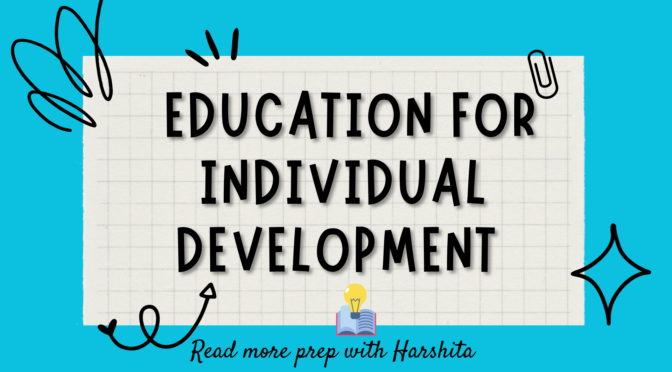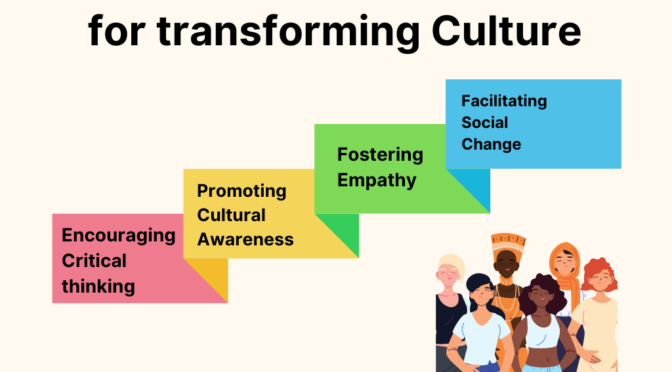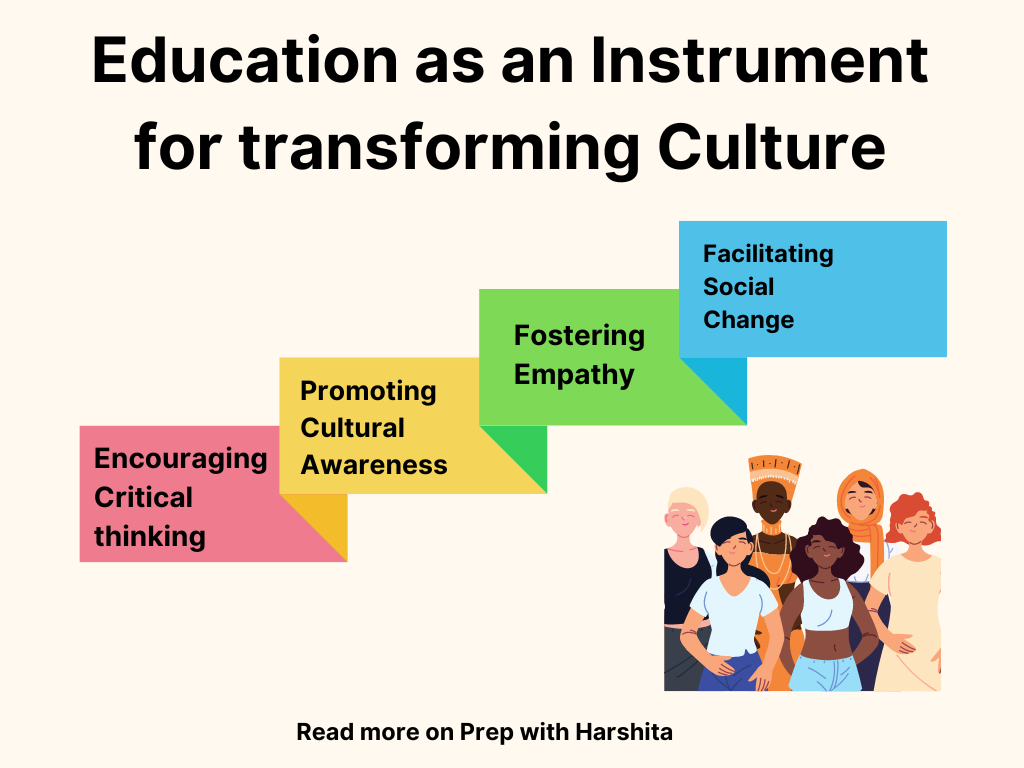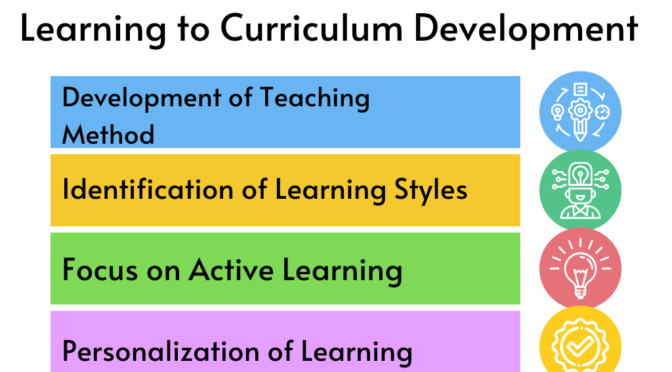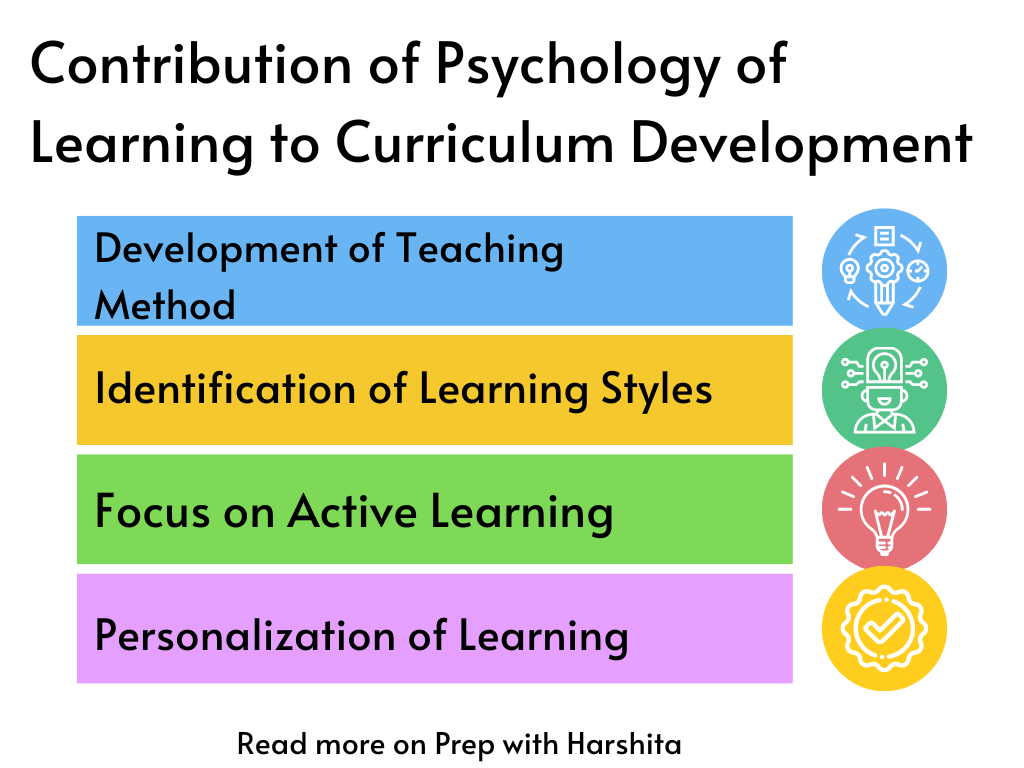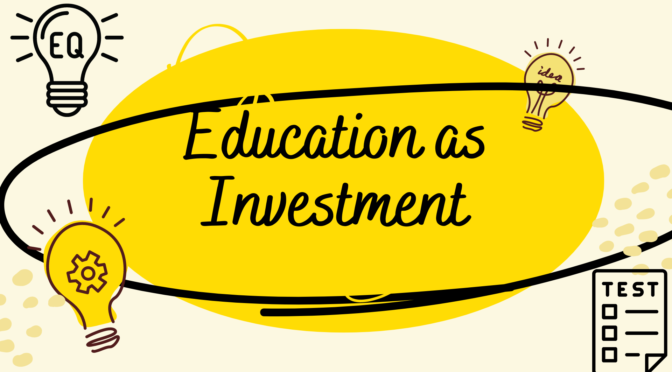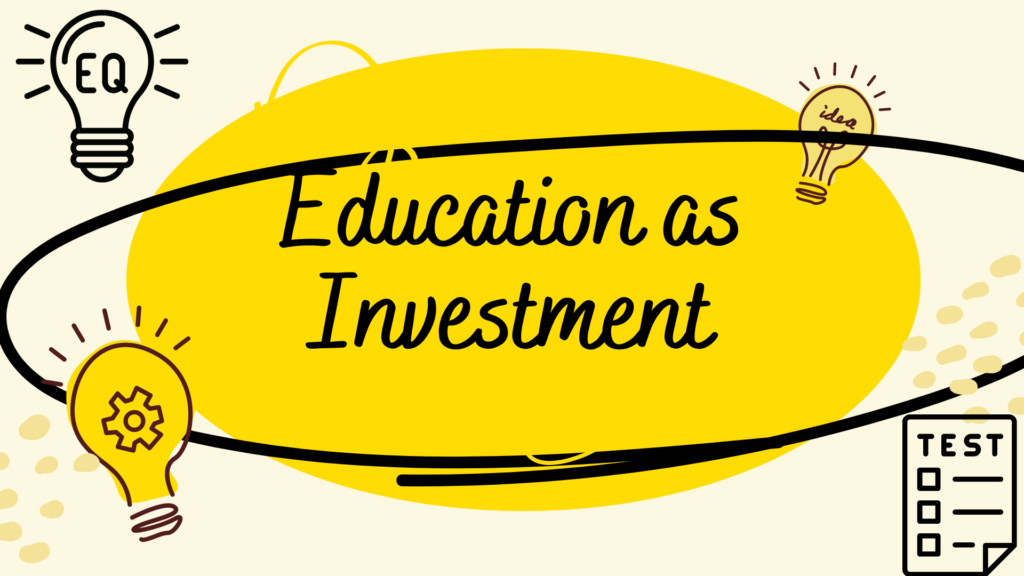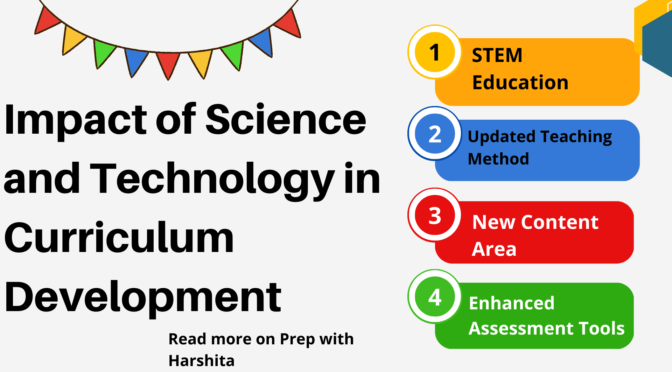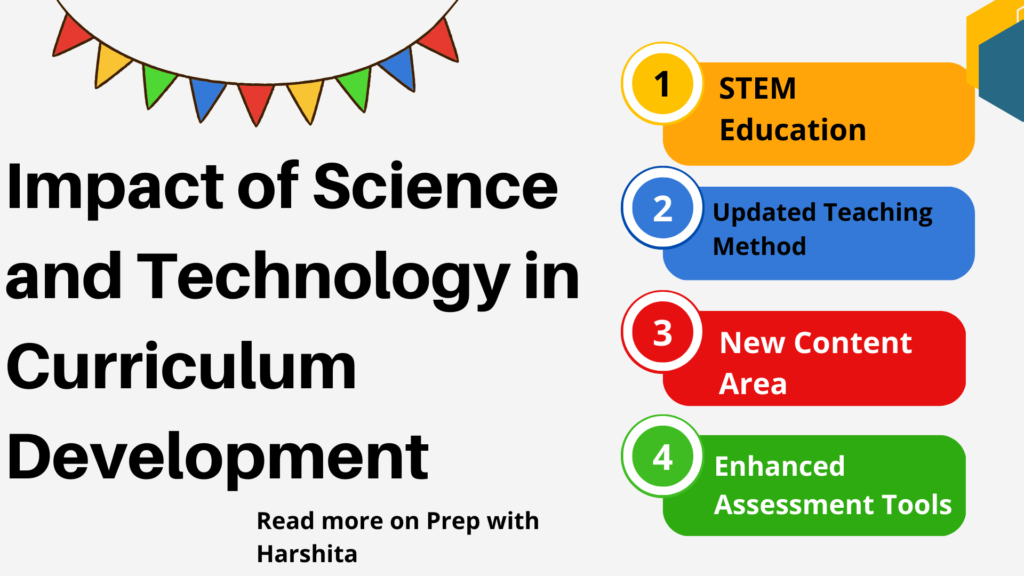Education for individual development means the importance of education for the overall development of an Individual. It provides individuals with the knowledge, skills, and values necessary to succeed in life.
Here are some ways in which education contributes to individual development in more detail:
- Enhances knowledge and skills:
Education is designed to provide individuals with the knowledge and skills needed to succeed in their personal and professional lives. Education helps individuals to acquire basic skills such as reading, writing, and numeracy, as well as more advanced skills such as critical thinking, problem-solving, and communication. This knowledge and skills enable individuals to succeed in the workplace, engage meaningfully with their communities, and be active participants in the world around them.
- Builds confidence:
Education can build confidence in individuals by providing them with the knowledge and skills needed to achieve their goals. Through education, individuals can master new skills and gain knowledge, which in turn increases their sense of accomplishment and self-esteem. They become better equipped to deal with challenges and setbacks, which further increases their confidence.
- Fosters creativity:
Education fosters creativity by providing individuals with opportunities to explore new ideas and express themselves. Through education, individuals can learn about different forms of art, music, literature, and other creative fields, which can inspire them to develop their own creative abilities. This can lead to personal fulfillment and a greater sense of purpose.
- Promotes socialization:
Education promotes socialization by providing individuals with opportunities to interact with others and develop social skills. Through education, individuals can learn how to work collaboratively, communicate effectively, and build positive relationships with others. This can lead to a greater sense of community and belonging, as well as an increased ability to navigate social situations.
- Encourages lifelong learning:
Education encourages lifelong learning by instilling a love of learning in individuals. Through education, individuals can develop a passion for learning and a desire to continue learning throughout their lives. This can lead to personal growth, as well as professional and intellectual development. Lifelong learning also allows individuals to keep up with changes in their field of work, enabling them to remain competitive and relevant.
In conclusion, education is a powerful tool for individual development. It enhances knowledge and skills, builds confidence, fosters creativity, promotes socialization, and encourages lifelong learning. Through education, individuals can reach their full potential and achieve success in various aspects of their lives.
Also Visit : Prep with Harshita
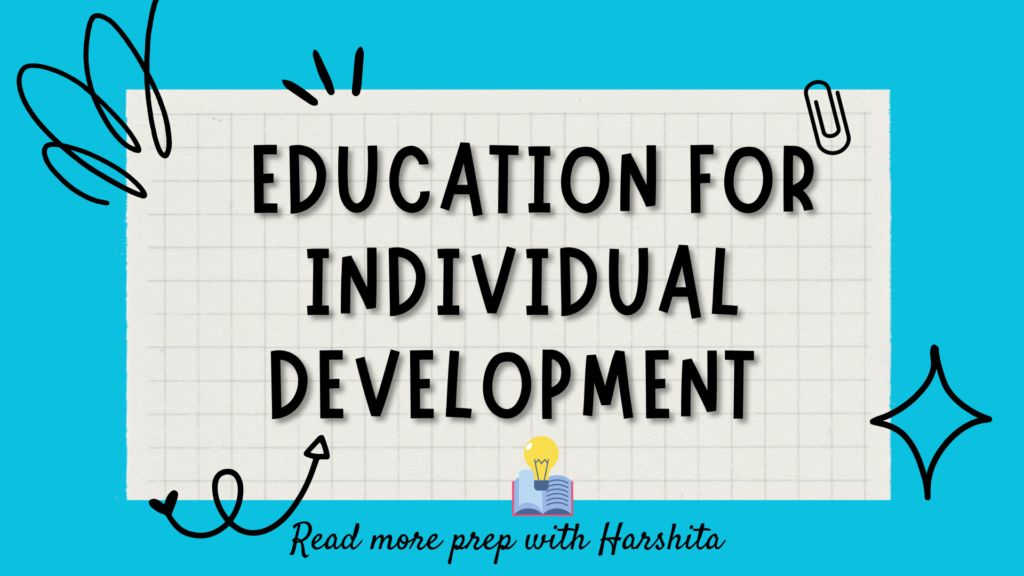
Also Read : Education as Manpower Planning

